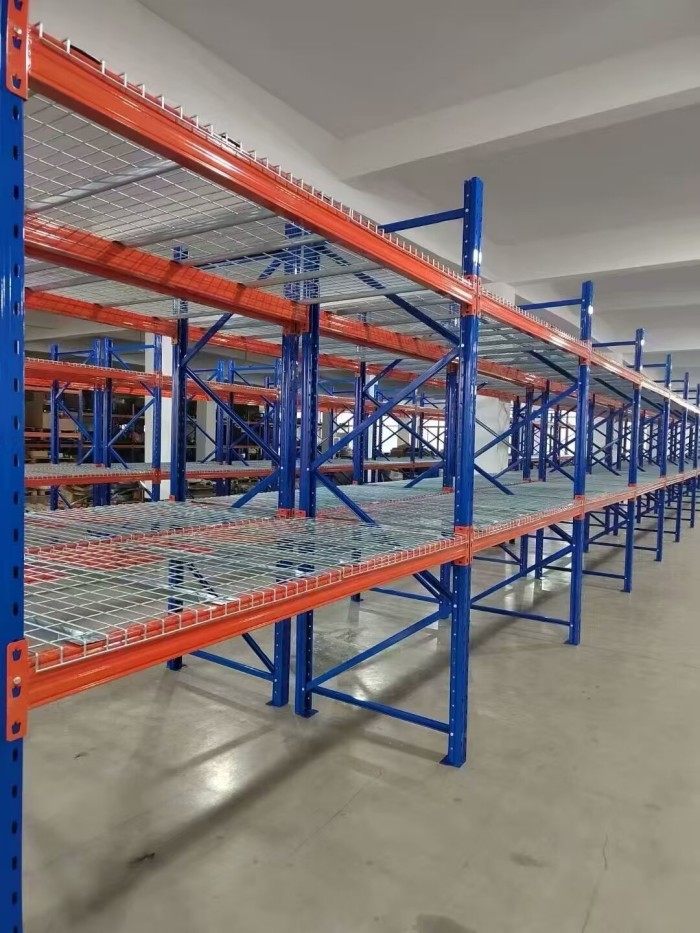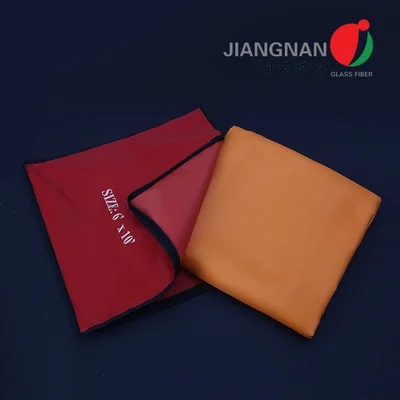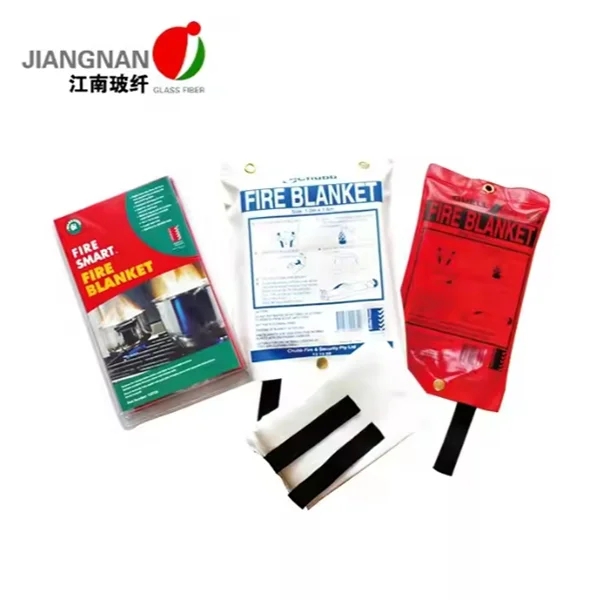In the realm of architecture and construction, cladding serves not only as a protective layer but also as a defining aesthetic element. As the industry evolves, so too does the demand for high-end materials that combine durability, sustainability, and visual appeal. This article delves into the world of luxury cladding, exploring what constitutes the most expensive cladding options available today, their unique properties, and the factors that contribute to their high costs.
Understanding Cladding: More Than Just a Shield
Cladding is the application of one material over another to provide a skin or layer, primarily for protection and aesthetics. It can be made from a variety of materials, including wood, metal, stone, and composite materials. The choice of cladding can significantly influence a building's energy efficiency, maintenance needs, and overall aesthetic. However, when it comes to luxury projects, the focus shifts to materials that not only fulfill these functional requirements but also elevate the architectural narrative.
The Pinnacle of Luxury: What Makes Cladding Expensive?
The cost of cladding materials can vary widely based on several factors:
- Material Rarity: Some cladding materials are sourced from rare or limited locations, making them inherently more expensive. For example, natural stones like rare marbles or granites can command high prices due to their unique patterns and limited availability.
- Manufacturing Process: Advanced manufacturing techniques, such as precision cutting and finishing, can significantly increase the cost of cladding. Materials that require extensive craftsmanship or innovative technology, such as custom metal panels or engineered wood products, often come with a premium price tag.
- Sustainability: Eco-friendly materials, such as reclaimed wood or sustainably sourced stone, are increasingly in demand. While these materials can be more expensive upfront, they often provide long-term savings through energy efficiency and reduced maintenance.
- Aesthetic Appeal: The visual impact of cladding can also drive costs. High-end finishes, intricate designs, and bespoke solutions tailored to specific architectural visions can elevate the price of cladding materials.
The Most Expensive Cladding Materials
- Natural Stone
Natural stone cladding, particularly rare varieties like Calacatta marble or Blue de Savoie limestone, can be incredibly expensive. These stones are prized for their unique veining and color variations, making them a popular choice for luxury residential and commercial projects. The cost can range from $100 to over $300 per square foot, depending on the stone's rarity and the complexity of the installation.
- Titanium and Zinc
Metal cladding options, such as titanium and high-grade zinc, are gaining traction in modern architecture. Titanium, known for its strength and corrosion resistance, can cost upwards of $200 per square foot. Zinc, while slightly less expensive, offers a unique patina that evolves over time, adding character to the building. Both materials require specialized installation techniques, contributing to their overall cost.
- Wood and Composite Materials
High-quality hardwoods, such as teak or mahogany, are often used in luxury cladding applications. These materials not only provide a warm aesthetic but also require careful sourcing and treatment to ensure longevity. Composite materials, which combine wood fibers with polymers, can also be expensive, especially when designed for specific architectural applications. Prices can range from $50 to $150 per square foot.
- Glass and Ceramic Tiles
Glass cladding, particularly in custom designs or large formats, can be a costly option. High-performance glass that offers energy efficiency and durability can cost between $100 and $250 per square foot. Similarly, high-end ceramic tiles, especially those with intricate designs or handmade finishes, can also reach premium prices.
Conclusion: The Future of Luxury Cladding
As the architectural landscape continues to evolve, the demand for high-quality, aesthetically pleasing cladding materials is likely to grow. The most expensive cladding options not only enhance the visual appeal of a building but also contribute to its overall performance and sustainability. For architects and builders, understanding the nuances of these materials is crucial in making informed decisions that align with their clients' visions and budgets.



